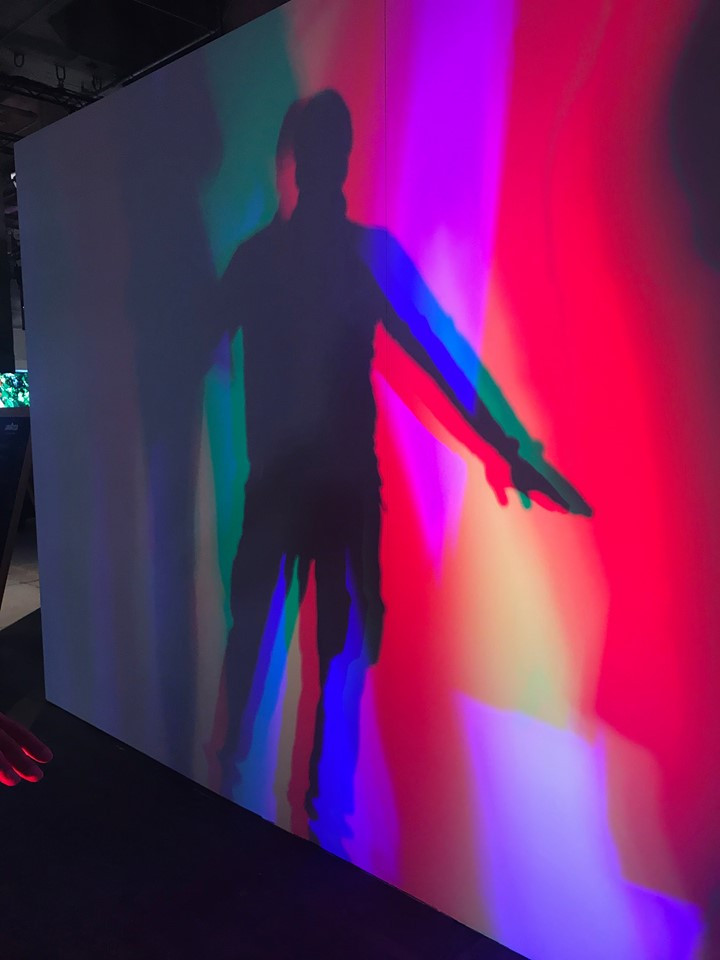Many people use "Wavelength" and "Color" interchangeably, when in fact they are apples and oranges different.
Wavelength is a physical property. Wavelength is not a description of a color you perceive/see. So asking about a combined red/green that makes 589nm is an imaginary question--there can be no such thing.
A wavelength is term independent of human observation -- a description of electromagnetic radiation.
You can't make a 589nm wavelength by combining red and green--all you get if do that is a visual illusion of the color yellow that is still just red and green wavelengths. You don't get any new wavelengths. Colors created by combining wavelengths still remain the wavelengths used-- if you split the created "yellow" apart with a prism you get the wavelengths used to create the illusion of yellow. It is not a single pure wave, and as such, it does not have a well defined `wavelength' like 589nm for example.
Yessir, that's what I was attempting to convey in the OP, although I did not do a very good job explaining upon a re-reading of my post... I am very familiar with the etymological differences between wavelength and colour... and how one is a spatial period of an EM wave, in metric units... Compared with a "colour" which is the physiological manifestation of how that λ is perceived by human optical cone cells. I appreciate the "who knows what this guy knows" grounds up explanation of the differences between the two, btw. I always treat everyone on a forum like they're starting from scratch in their understanding.
While I understand that overlapping two different λ, to a (as congruently as possible) similar focal point, will produce a different "colour" of light, when perceived by the human eye... I understand I'm not creating a Yellow wavelength by, say, combining "green" and "red" beams, but I'm attempting to approximate the perceived "colour" of a 589nm light source by combining the correct variants of red (638nm, 650nm, 660nm etc) and green (505-532nm) in the appropriate power ranges. At least, to the best of my ability using all the solid state green/red diodes available.
My question is as such, does anyone know the math, have a formula, or calculator, of how humans perceive different combinations of mixed light, from different wavelengths. I understand the perceived brightness curves as we approach our optimal perception wavelength of 550-560nm, and I therefore know that altering the input λ of the combined beams will change the perceived "colour" attained. But I'm just concerned with how the input wavelengths will affect output colour perception... And to a lesser degree... if this even makes a difference, compared to changes in input amplitude.
You can buy a cheap RGB laser module for about $50 and experiment with creating the illusion of many other colors by varying the amouns of each. R. G. and B.
If you want a cheap imaginary "yellow" get your feet wet creating the limited illusion of white laser and many other colors as well, one of the RGB modules module on eBay for around $50 are a good starting place. See:
https://www.ebay.com/sch/i.html?_from=R40&_nkw=RGB+white+laser+module&_sacat=0&LH_TitleDesc=0&_sop=15
I think I might do this, actually, as an exercise in optics anyways... However, these cheap RGB modules aren't typically analog (nor do I know how to fully control an analog light source, only have experience with TTL) nor are the input wavelengths tunable (obviously...) so this helps me deal with output power differences in perception... But I'm trying to investigate how changes in λ affect colour perception... I'd love to avoid buying all those diodes and swapping them out.
O-like makes a low cost lab type red/green combiner at $89.99 see:
http://www.o-like.com/index.php?main_page=product_info&cPath=72&products_id=385
This is the combining crystal I will be attempting to use.
BTW, Aliexpress does sell some pretty decent RGB combiners. I have one, and I can produce a white beam (using 3 pointers, so the dot characteristic, even at 10ft are terrible - I need isolation tables and mounts to really get a good beam) for around 12$ shipped for a cubic 12.7 mm combiner. It handles 3 100w input (638nm, 488nm, 515nm) just fine, using a 3D printed M6 mount.







